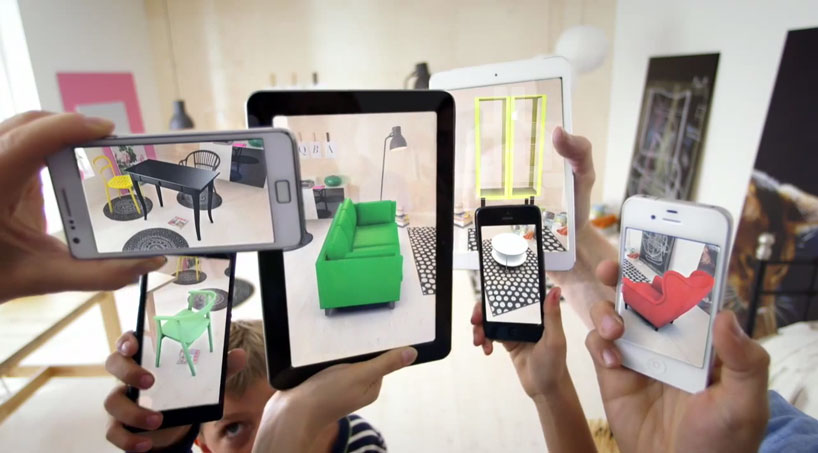Introduction
Augmented Reality (AR) has revolutionized the way we interact with the world around us. From gaming and entertainment to education and healthcare, AR has opened up new possibilities for innovation and engagement. In this guide, we’ll walk you through the step-by-step process of developing an AR app.
Step 1: Define the Concept and Goal
Before starting the development process, it’s essential to define the concept and goal of your AR app. What problem do you want to solve? What experience do you want to create? What platform do you want to develop for (iOS, Android, or both)?
Step 2: Choose an AR Platform
There are several AR platforms to choose from, including:
- ARKit (for iOS)
- ARCore (for Android)
- Vuforia
- Unity
- Unreal Engine
Each platform has its strengths and weaknesses, and the choice of platform depends on the specific requirements of your project.
Step 3: Design the AR Experience
With the platform chosen, it’s time to design the AR experience. This involves creating a user interface (UI) and user experience (UX) that is intuitive, engaging, and easy to use. Consider the following factors:
- Marker-based or markerless tracking
- 2D or 3D content
- Interactive elements (e.g., buttons, gestures)
- Feedback mechanisms (e.g., sound effects, vibrations)
Step 4: Develop the AR App
With the design complete, it’s time to start developing the AR app. This involves writing code in a programming language such as Swift (for iOS) or Java/Kotlin (for Android). You’ll also need to integrate the AR platform’s software development kit (SDK) into your app.
Step 5: Test and Debug the AR App
Once the app is developed, it’s time to test and debug it. This involves testing the app on various devices, operating systems, and environments to ensure that it works as expected. You’ll also need to debug any issues that arise during testing.
Step 6: Publish the AR App
With the app tested and debugged, it’s time to publish it on the App Store (for iOS) or Google Play Store (for Android). This involves creating a developer account, preparing the app’s metadata (e.g., screenshots, descriptions), and submitting the app for review.
Step 7: Maintain and Update the AR App
Once the app is published, it’s essential to maintain and update it regularly. This involves fixing bugs, adding new features, and ensuring that the app remains compatible with the latest operating systems and devices.
Conclusion
Developing an AR app requires careful planning, design, and execution. By following these steps, you can create an immersive and engaging AR experience that delights and informs your users. Remember to stay up-to-date with the latest advancements in AR technology and to continually refine and improve your app to ensure its success.




